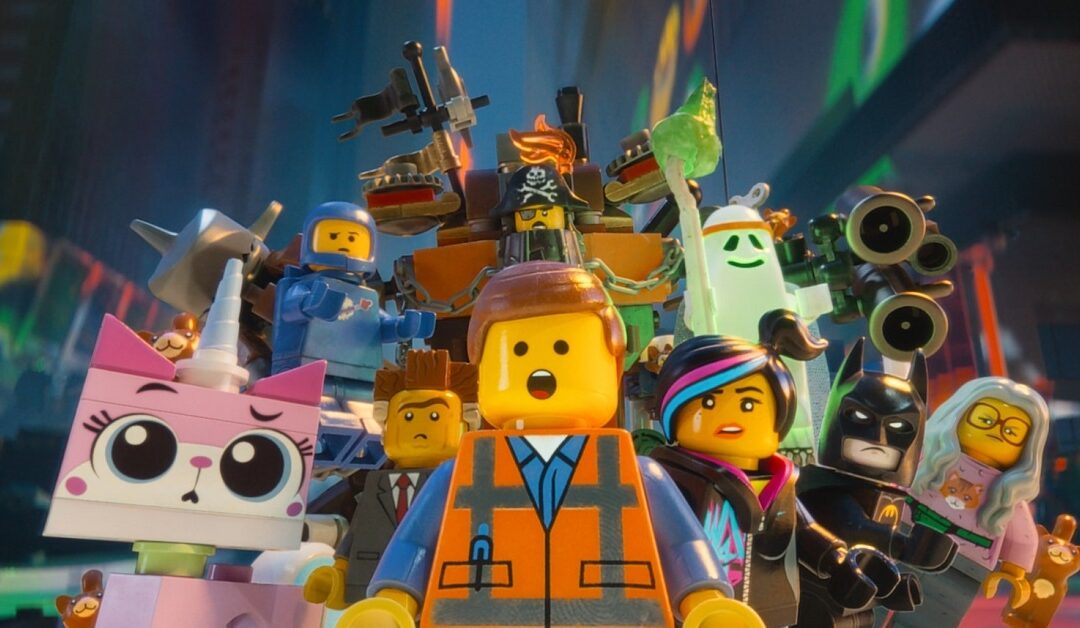8th International Symposium on Communicability, Computer Graphics and Innovative Design for Interactive Systems ( CCGIDIS 2018 )
Madrid, Spain
May 21 – 23, 2018
http://www.ainci.com/CCGIDIS-2018/symposium_CCGIDIS_2018.html
CCGIDIS 2017 will be composed of research presentations, keynote lectures, invited presentations, workshops, doctoral consortium, demo session, research-works-in-progress and poster presentations.
Proposals must be submitted following the instructions found on the submission of papers section. All accepted works will be published in the respective symposium proceedings (in printed book form, CD/DVD and magazine) by international and prestigious publishing houses in America and Europe:
- Post-conference publishing book. IGI Global: Hershey, Pennsylvania – USA
- An academic CD proceedings version –not commercial (distribution in the room), with ISBN 978.88.96.471.64.7 :: DOI 10.978.8896471/647
- International Magazine in Europe with IEEE format guidelines
- The works are will be submitted for indexation by EI COMPENDEX, INSPEC, THOMSON REUTERS and DBLP.UNI-TRIE.DE
Very Important! The authors can present more than one works into symposium with only one registration (maximum 3 works).
All contributions should be of high quality, originality, clarity, significance, impact and not published elsewhere or submitted for publication during the review period. In the current international symposium it is demonstrated how with a correct integration among professionals of formal and factual sciences interesting research lines in the following subjects 2D, 3D Modeling and Reconstruction, Advances in Software and Hardware for Audio-Visual, Archeology, CAD, Communicability, Computer Animation, Computer Graphics, Computer Vision, Creativity and Original Design, Education, Face and Gesture Recognition, Human-Computer Interaction, Industrial Design, Imaging, Intelligent User Interface, Interactive Systems Engineering, Internet of Things, Low-level Vision and Image Processing, Medical Image Processing, Modelling, Quality Design, Rendering, Scientific Visualization, Smart City, Ubiquitous Computing, UX, Video Games, Virtual Agents, Vision for Robotics and other computational areas are solicited on, but not limited to: http://www.ainci.com/CCGIDIS-2018/symposium_topics_2018.html
All submitted proposals will be reviewed by a double-blind (at least three reviewers), non-blind, and participative peer review. These three kinds of review will support the selection process of those that will be accepted for their presentation at the international symposium. Authors of accepted works who registered in the symposium can have access to the evaluations and possible feedback provided by the reviewers who recommended the acceptance of their works, so they can accordingly improve the final version of their contributions.
Deadlines:
Proposals Submissions: Open. Consequently, as they are received, they will be evaluated. It is a way to speed up the process to make up the final program of the Symposium. In other words, it is not necessary to wait until the deadline to send them for the evaluation.
- Proposals Submissions: April, 9th, 23:59– local time in Hawaiian Islands
- Authors Notification: Two weeks after the submission/s
- Camera-ready, full papers: May, 12th
- The authors can present more than one work with only one registration (maximum 3 contributions). More information:
http://www.ainci.com/CCGIDIS-2018/symposium_registration_2018.html - Keynote speakers and relators with human and professional – super 'High Quality'
- Certificate of participation and symposium proceedings.
- Participation for the selection of the best paper and best research awards (certificates and a vouchers).
- Discounts in official hotels.
The international symposium is organized by ALAIPO :: Latin Association of Human-Computer Interaction (Asociacion Latina de Interaccion Persona Ordenador) :: www.alaipo.net, and AInCI :: International Association of Interactive Communication (Asociacion Internacional de la Comunicacion Interactiva) :: www.ainci.net

 And, the Oscar Goes to….
And, the Oscar Goes to….